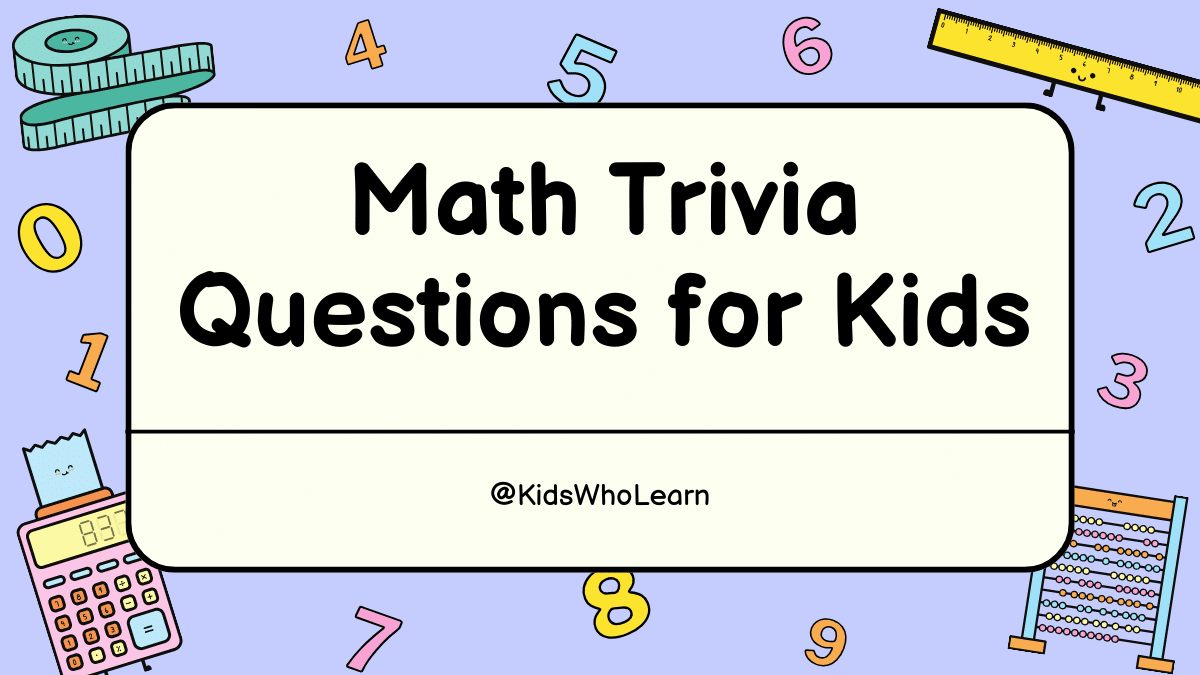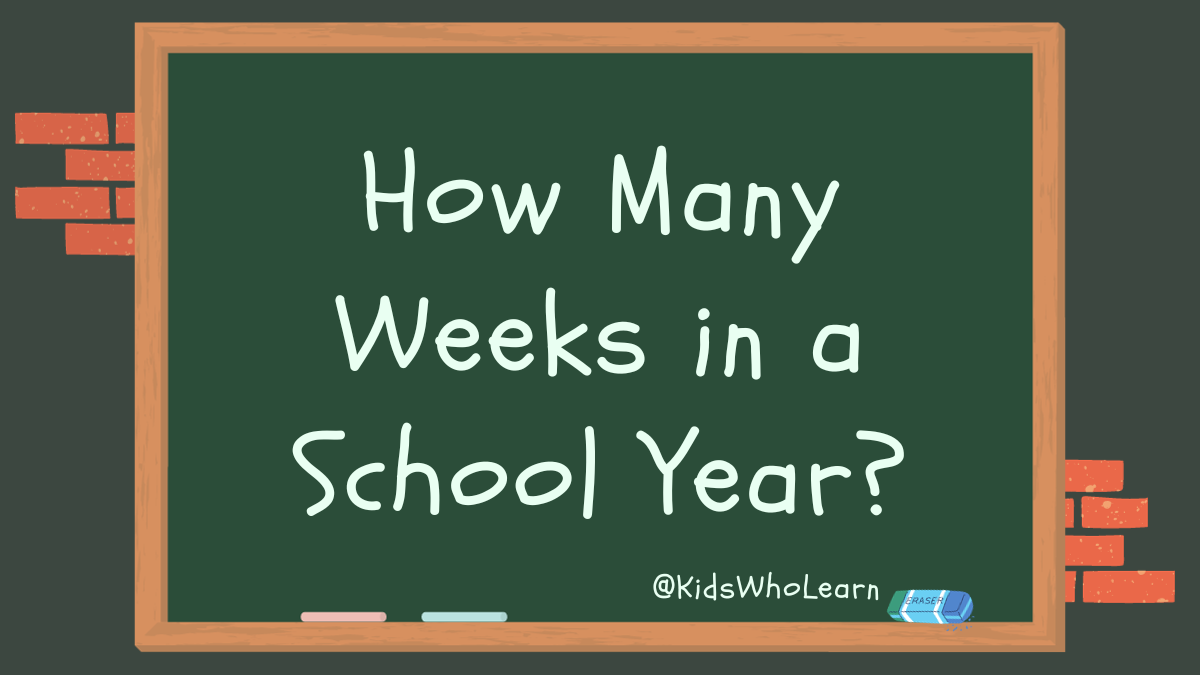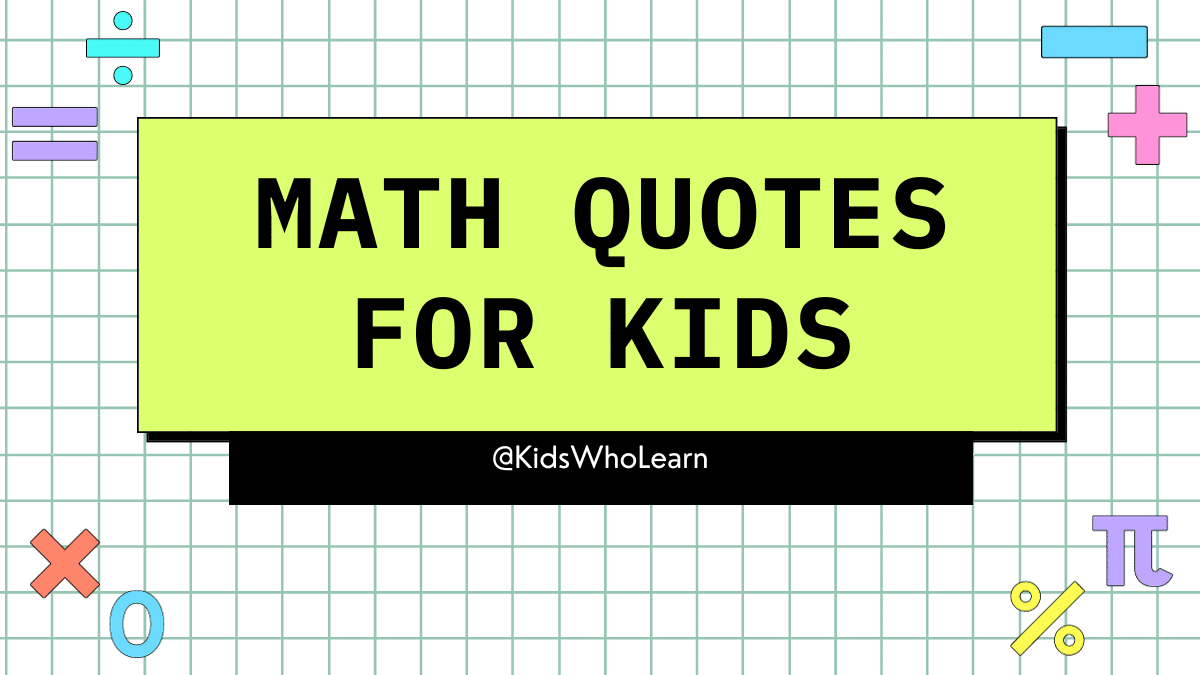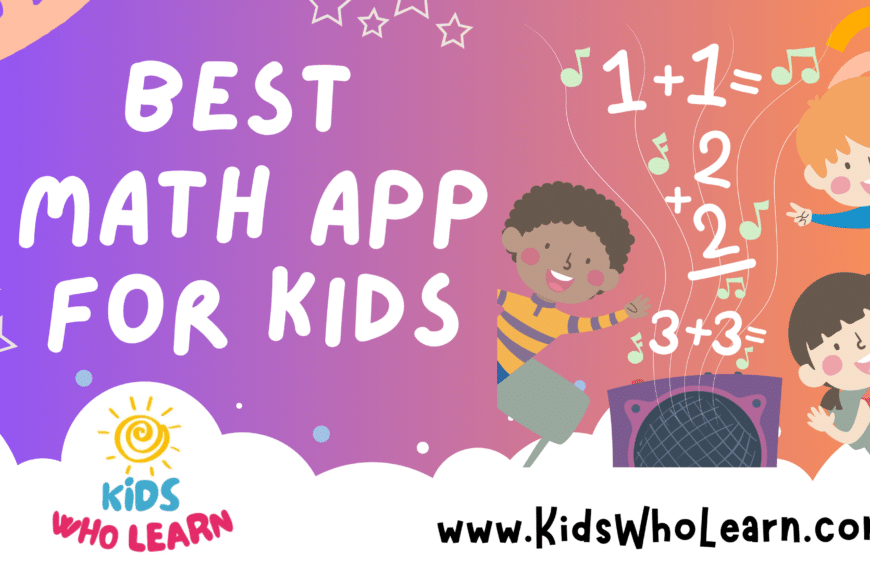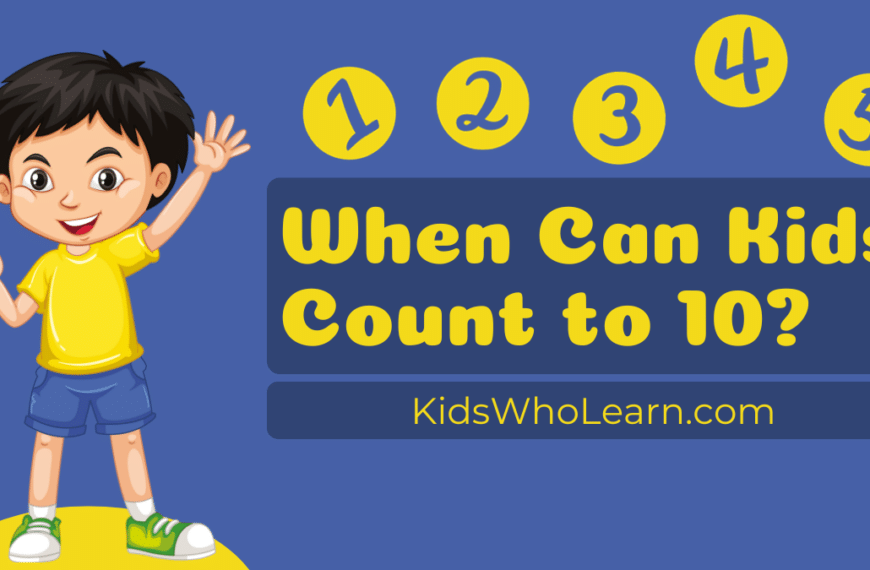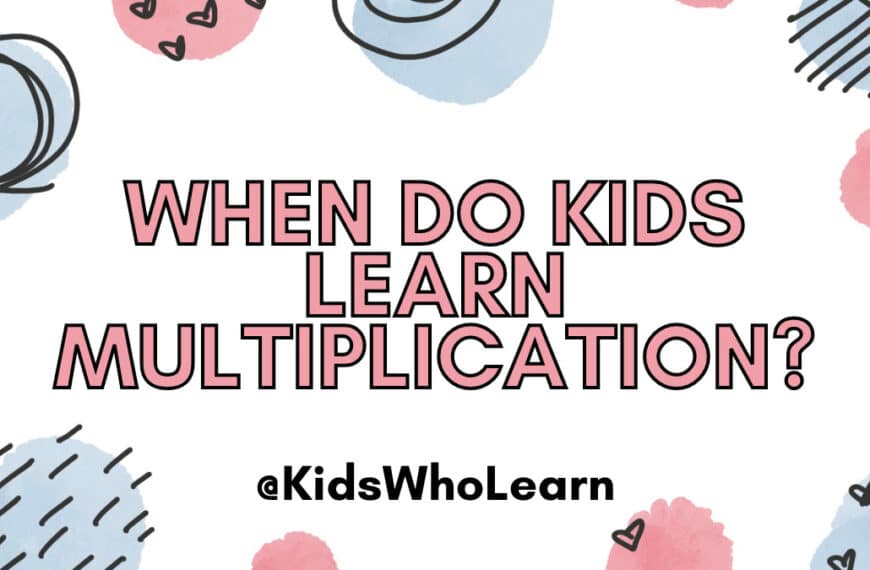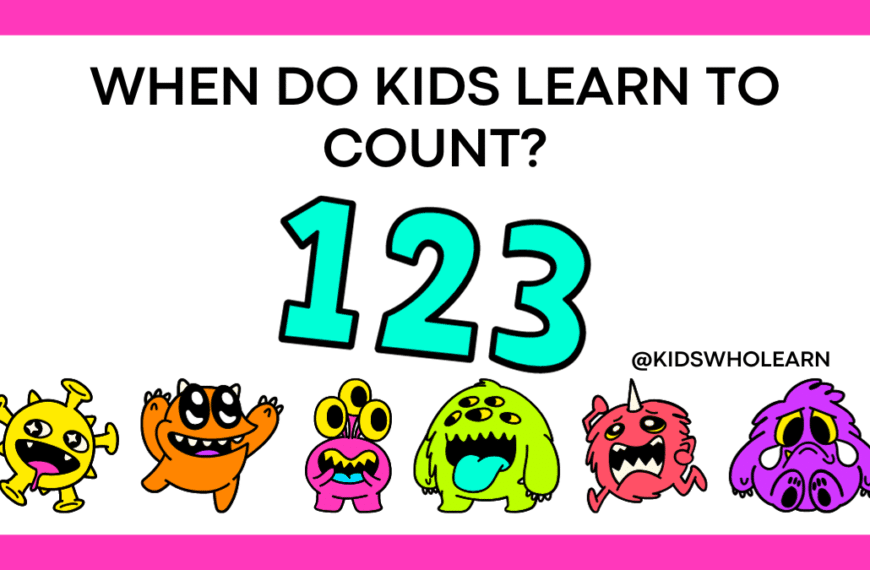Are you looking for a fun and educational way to engage your child’s interest in math? Look no further than math trivia questions! Trivia questions are a great way to help kids learn math concepts while having fun at the same time. Whether you’re a teacher looking for a fun classroom activity or a parent looking for a way to entertain your child, math trivia questions are a great option.
Math trivia questions cover a wide range of topics, from basic arithmetic to advanced algebra and geometry. They can be tailored to suit the age and skill level of the child, making them a great tool for both younger and older students. In addition to helping kids learn math concepts, trivia questions can also improve their critical thinking and problem-solving skills. So why not give it a try and see how much your child can learn while having fun answering math trivia questions?
Basic Math Trivia
If you’re looking for some fun math trivia questions for kids, you’ve come to the right place! Here are some basic math trivia questions that are perfect for kids of all ages.
- What is the smallest whole number?
- What is the largest whole number?
- What is the value of pi?
- What is the square root of 64?
- What is the sum of the angles in a triangle?
These questions are great for testing your knowledge of basic math concepts. They are also a great way to introduce kids to math in a fun and engaging way. Try asking these questions to your kids and see how many they can answer correctly!
Remember, math isn’t just about numbers and equations. It’s also about problem-solving, critical thinking, and creativity. Encourage your kids to think outside the box and approach math problems from different angles. Who knows, they may just surprise you with their math skills!
Addition and Subtraction
Are you ready to test your math skills with some addition and subtraction questions? Here are a few fun trivia questions to get you started!
- What is the sum of 8 + 3 + 5?
- If you have 10 cookies and you eat 3, how many do you have left?
- What is the difference between 15 and 7?
- If you have 5 apples and you give 2 to your friend, how many apples do you have left?
- What is the sum of 12 + 9?
- If you have 20 marbles and you lose 5, how many marbles do you have left?
- What is the difference between 20 and 12?
- If you have 8 pencils and you give 3 to your sister, how many pencils do you have left?
Remember, addition is when you combine two or more numbers to find the total, while subtraction is when you take away one number from another to find the difference. Keep practicing your addition and subtraction skills with these fun trivia questions!
Multiplication and Division
Multiplication and division are two essential operations in mathematics that you use in your everyday life. Here are some fun trivia questions to test your knowledge of these operations:
- What is the product of 7 and 8?
- What is the quotient of 36 and 4?
- If you have 24 cookies and you want to divide them equally among 6 friends, how many cookies will each friend get?
- What is the value of 9 multiplied by 0?
- What is the result of dividing 72 by 9?
Multiplication and division are inverse operations, which means that they undo each other. For example, if you know that 4 multiplied by 5 is 20, you can also figure out that 20 divided by 4 is 5.
When you multiply two numbers, the result is called the product. When you divide two numbers, the result is called the quotient. In multiplication, the order of the numbers doesn’t matter, but in division, it does. For example, 8 divided by 4 is not the same as 4 divided by 8.
You can use multiplication and division to solve all kinds of problems, from calculating the cost of items at the grocery store to figuring out how many days are in a certain number of weeks. Knowing your multiplication and division facts will help you in many areas of your life.
Fun with Fractions
Fractions can be a bit tricky, but they can also be a lot of fun! Here are some fun fraction trivia questions that will help you learn more about fractions:
- What do you call a fraction that has a numerator that is smaller than the denominator? (Answer: Proper fraction)
- What do you call a fraction that has a numerator that is larger than the denominator? (Answer: Improper fraction)
- What do you call a fraction that has a numerator that is equal to the denominator? (Answer: Unit fraction)
- What do you call a fraction that has a denominator of 100? (Answer: Percentage)
Did you know that fractions are used in many everyday situations? For example, when you cut a pizza into slices, you are dividing it into fractions. When you measure ingredients for a recipe, you are often measuring out fractions of cups or teaspoons.
Fractions can also be used in fun activities, like baking or creating art. You can use fractions to create different colors by mixing paint or to create different flavors by mixing ingredients.
Remember, fractions may seem tricky at first, but with practice, you’ll become a fraction master in no time!
Geometry Gems
Geometry is the branch of mathematics that deals with the study of shapes, sizes, positions, and dimensions of objects. Here are some fun geometry facts that will make you appreciate the beauty of shapes and angles.
Shapes
- A square is a rectangle, but a rectangle is not a square.
- A triangle has three sides, and the sum of its angles is always 180 degrees.
- A regular polygon has all its sides and angles equal. Examples of regular polygons include equilateral triangles, squares, and hexagons.
- A circle is a shape with no corners, and its circumference is the distance around the edge.
Angles
- An acute angle is less than 90 degrees, a right angle is exactly 90 degrees, and an obtuse angle is greater than 90 degrees.
- A straight angle is exactly 180 degrees, and a reflex angle is greater than 180 degrees but less than 360 degrees.
- Complementary angles are two angles that add up to 90 degrees, and supplementary angles are two angles that add up to 180 degrees.
- An isosceles triangle has two equal angles and two equal sides, while a scalene triangle has no equal angles or sides.
Measurements
- The perimeter of a shape is the distance around its edges, while the area is the space inside the shape.
- The volume of a solid shape is the amount of space it takes up, while the surface area is the total area of all its faces.
- Pi (π) is a mathematical constant that represents the ratio of the circumference of a circle to its diameter. Its value is approximately 3.14159.
- The Pythagorean theorem states that in a right triangle, the square of the length of the hypotenuse (the side opposite the right angle) is equal to the sum of the squares of the lengths of the other two sides.
Now that you know some interesting geometry facts, you can impress your friends and family with your newfound knowledge.
Amazing Algebra
Algebra can be a tricky subject, but it can also be a lot of fun once you get the hang of it. Here are some amazing algebra trivia questions that will get your brain working:
- What is the value of x in the equation 3x + 7 = 16?
- If 2x + 5 = 13, what is the value of x?
- Solve for x: 4x – 6 = 10
- What is the slope of the line y = 2x + 3?
- What is the y-intercept of the line y = -3x + 5?
Algebra is all about solving for unknown variables, and it can be a great way to exercise your brain and improve your problem-solving skills. Remember to take your time, show your work, and don’t be afraid to ask for help if you get stuck.
In addition to being useful in everyday life, algebra can also be used to solve some pretty amazing problems. For example, did you know that algebra can be used to figure out the maximum height a basketball player can jump? Or that it can be used to calculate the trajectory of a spacecraft traveling through space?
So the next time you’re working on an algebra problem, remember that you’re not just solving a math equation – you’re also unlocking the secrets of the universe!
Math in Real Life
Math isn’t just something you learn in school, it’s all around you! From cooking to sports, math is an important part of everyday life. Here are a few examples of how math is used in real life:
- Cooking: When you’re baking a cake or making a pizza, you need to use math to measure ingredients and follow recipes. You might need to convert measurements from cups to ounces or calculate baking times based on the size of your dish.
- Sports: Whether you’re playing basketball or soccer, math is involved in keeping score. You might need to add up points or calculate averages to determine the winner. You can also use math to track your progress over time, such as how many goals you’ve scored or how fast you can run a mile.
- Shopping: When you’re at the store, you need to use math to calculate prices and discounts. You might need to figure out the total cost of your groceries or determine how much you’ll save with a coupon.
- Travel: If you’re going on a road trip or flying to a new destination, math is involved in calculating distances and travel times. You might need to figure out how many miles you’ll drive each day or how long it will take to get to your destination.
- Money: Math is also important for managing your finances. You might need to calculate interest rates on loans or figure out how much money you’ll have in your savings account after a certain amount of time.
By understanding how math is used in real life, you can see how important it is to learn math in school. Whether you’re solving equations or calculating distances, math is a valuable tool that can help you in many areas of your life.
Math Puzzles
Math puzzles are a fun way to challenge your brain and improve your problem-solving skills. Here are some math puzzles that will keep you entertained and engaged:
- Sudoku: Sudoku is a popular puzzle game that involves filling in a grid with numbers so that each row, column, and region contains all of the digits from 1 to 9. There are many different levels of difficulty, so you can start with the easier puzzles and work your way up.
- Magic Squares: A magic square is a square grid filled with numbers, where the sum of each row, column, and diagonal is the same. There are many different sizes and variations of magic squares, so you can try different puzzles to keep things interesting.
- Tangram: Tangram is a puzzle game that involves using seven pieces to create different shapes. The pieces are a square, a parallelogram, and five triangles of different sizes. You can use the pieces to create animals, people, or anything else you can imagine.
- Crossword: Crossword puzzles are a great way to improve your vocabulary and spelling skills while also challenging your math knowledge. Some crossword puzzles include math clues, such as equations or word problems.
- KenKen: KenKen is a puzzle game that involves filling in a grid with numbers so that each row and column contains all of the digits from 1 to the size of the grid. The grid is divided into regions, and each region has a target number and an operation (addition, subtraction, multiplication, or division). You must use the digits in the region to create an equation that equals the target number.
Try out some of these math puzzles and see how much fun math can be!
Conclusion
Congratulations! You have made it to the end of this article on math trivia questions for kids. We hope you have enjoyed learning about these fun and interesting facts about math. Remember, math is all around us, and it can be a lot of fun to explore.
By learning about math trivia, you can gain a better understanding of how math works and how it is used in everyday life. You can also impress your friends and family with your knowledge of math facts and figures.
As you continue to explore the world of math, don’t forget to have fun and keep learning. Whether you are solving equations, playing math games, or just exploring the world around you, there is always something new and exciting to discover.
So go ahead, put your math skills to the test, and see how much you really know about this fascinating subject. Who knows, you might just discover a new passion for math that will last a lifetime!

